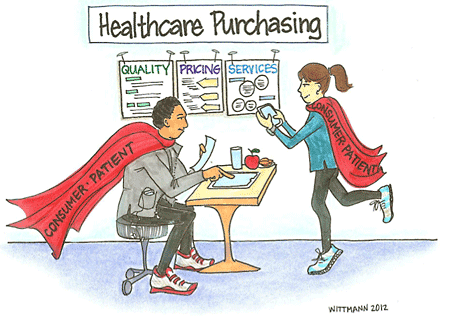Have you ever wondered what doctors call you when you undergo medical aesthetic treatments – consumers, customers, or patients?
When you go shopping at a supermarket, you are a consumer or a customer. But when you go to a clinic for treatment, you are a patient. So, what about those who receive medical aesthetic treatments? They aren’t sick or in pain, so are they still considered patients? What distinguishes medical aesthetic services from other service industries?
The difference is likely the doctor-patient relationship, which is unique to the medical profession. Consumers search for information, prices, and discounts among different medical aesthetic centers to find the best service. Customers look for the appropriate service provider to fulfill their requests. But what about patients? Here, “patient” refers to the doctor-patient relationship, not necessarily illness. Traditionally, doctors treat patients, and their relationship is called the doctor-patient relationship. Although medical aesthetic patients are often not ill, the medical profession does not use the term “doctor-client relationship,” so they are still called patients.
When a patient discovers a concern, they seek out a trusted doctor for advice on treatment methods. The doctor then analyzes the medical records and examination results to determine the best solution, explains the risks and expected outcomes, and the patient makes a choice. The role of the patient is different from that of a consumer or customer.
Many beauty issues arise due to incorrect attitudes towards medical aesthetic treatments, with individuals believing that these treatments are similar to other service providers, subjectively thinking they require a particular treatment and then searching for the “best” center to provide it. Some beauty centers push such services, saying they are suitable for the patient, but this can lead to unexpected side effects.
Recently, a doctor at a press conference called such individuals “beauty-seekers” because they are not sick. However, this doctor may not be familiar with the fundamental principles of medical aesthetics. Medical aesthetic treatments require a diagnosis from a doctor to meet the patient’s needs, which is no different from the traditional doctor-patient relationship, such as for a cold. Therefore, patients are also referred to as “patients” in medical aesthetics.
Medical aesthetics differ fundamentally from traditional beauty treatments, and purchasing laser machines or HIFU machines does not make a beauty center a medical aesthetic center. Patients should be aware that while medical aesthetic treatments have ideal outcomes, accurate diagnosis is necessary to achieve these results.

